16 El Salvador Education Facts (learn about schools in El Salvador)
Did you know that the gender gap in schools in El Salvador is huge? Or that there are still many Salvadoran children who work instead of going to school?
Discover everything through these 16 interesting El Salvador education facts! 🇸🇻 🎓
The Best Facts About School in El Salvador
El Salvador is a small country located in Central America. It is bordered by Honduras, Guatemala, and the Pacific Ocean, and its capital city is San Salvador, which has more than 2,100,000 inhabitants.
An interesting part of the country that I wanted to tackle is its education. In light of that, I have listed my 16 best facts about El Salvador schools, and I hope you will love them:
1. The 1980s were tragic years for the country of El Salvador and for its education
During the 80s, El Salvador was involved in a conflict. This included protests, but also gang violence and kidnapping.
The education system suffered a lot because of this, as many schools were destroyed. Nowadays, though it is still better, many issues need to be improved.
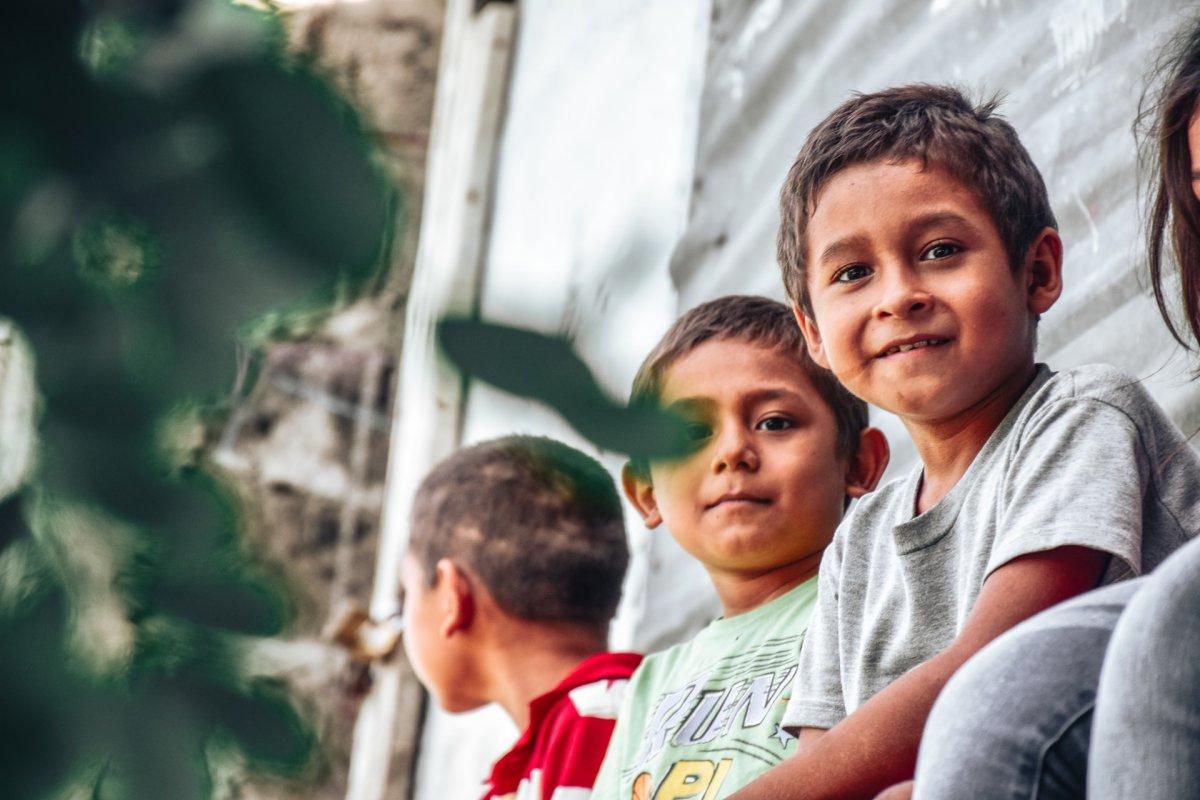
2. Girls spend less time in school than boys in El Salvador
Salvadoran women usually spend their time running the household. Because of the culture of the country, they have less time to stay in school than males who bring in income.
On average, boys spend 4.6 years in school, while girls only spend around 3.4 years there.
3. Girls are being assaulted in Salvadoran schools and have no choice but to leave
While many girls are forced to end their education prematurely because they need to help with house duties, others are being assaulted.
In fact, 30 schools reported sexual violence or misconduct towards girls in 2015, in the whole country. Also, cases are hardly reported or investigated so justice is never made.
4. Girls have to leave school to start a family while they are still very young
Not only do girls need to help with house duties, but they are also hugely pressured to start a family… at the age of 12 already. With such responsibilities and pressure, no wonder why Salvadorian girls quickly end their education.
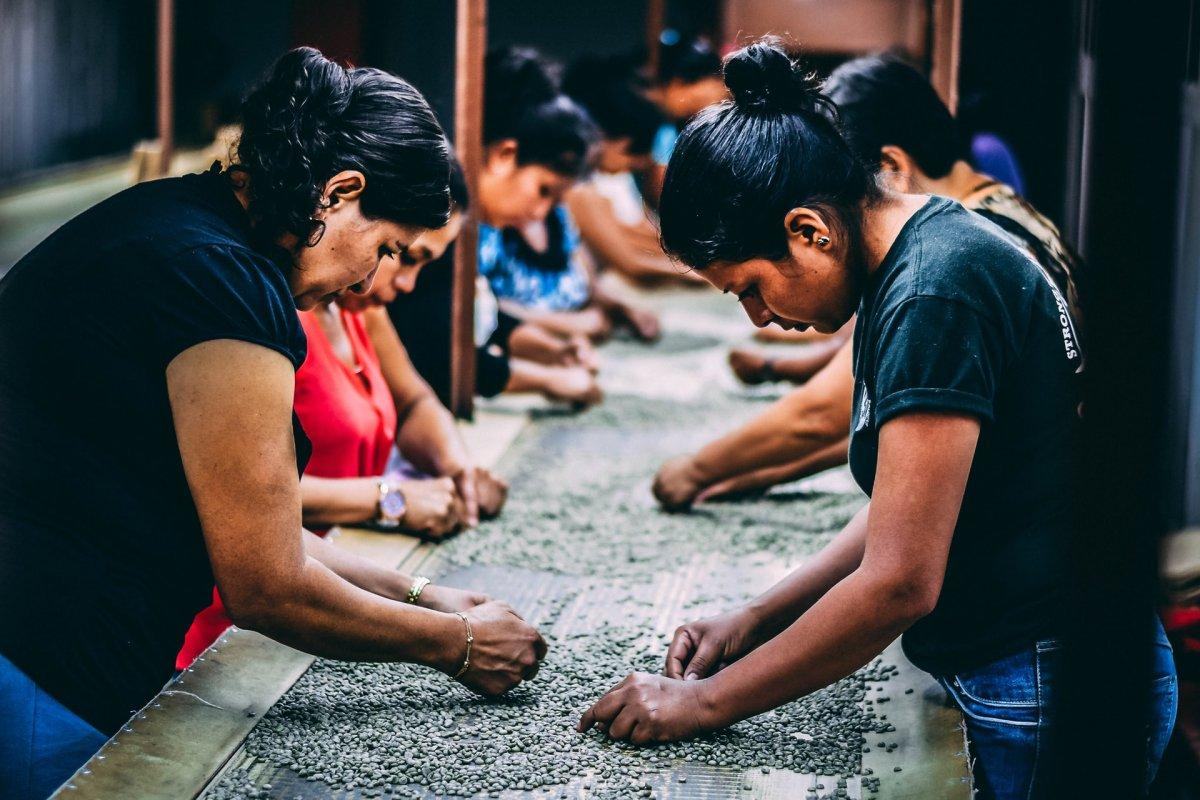
5. UNICEF supports gender equality in El Salvador, and worldwide as well
El Salvador is not alone. Women will not constantly be assaulted forever, nor will they be forced to get married very early.
For that, UNICEF started a Gender Action Plan, aiming to reduce gender disparities and provide support, justice, and complete education to girls and boys.
6. Salvadoran girls need to be more educated, as this would affect them in many ways
Obviously, education is very important, but in many other ways than just developing skills and getting better jobs.
If girls were more educated in El Salvador, they would get married later and conceive fewer children. They will also have better lives in general, with better skills and better jobs.
7. There are huge discrepancies between boys and girls in El Salvador, even in primary school
Many disparities can be seen in El Salvador, even as early as primary education.
More precisely, among the 92 percent of children completing primary education, 98 percent of them are boys, and 86 percent are girls. This lack of primary school completion by girls is hugely detrimental to the country, but it used to be even worse before.
8. The situation in El Salvador has drastically improved throughout the years
Yes, education in general and girls more specifically are quite a problem in El Salvador, but a few decades ago, it was far worse.
For instance, the secondary education enrollment rate for women used to be less than 20 percent in 1970… and it is now around 75 percent!
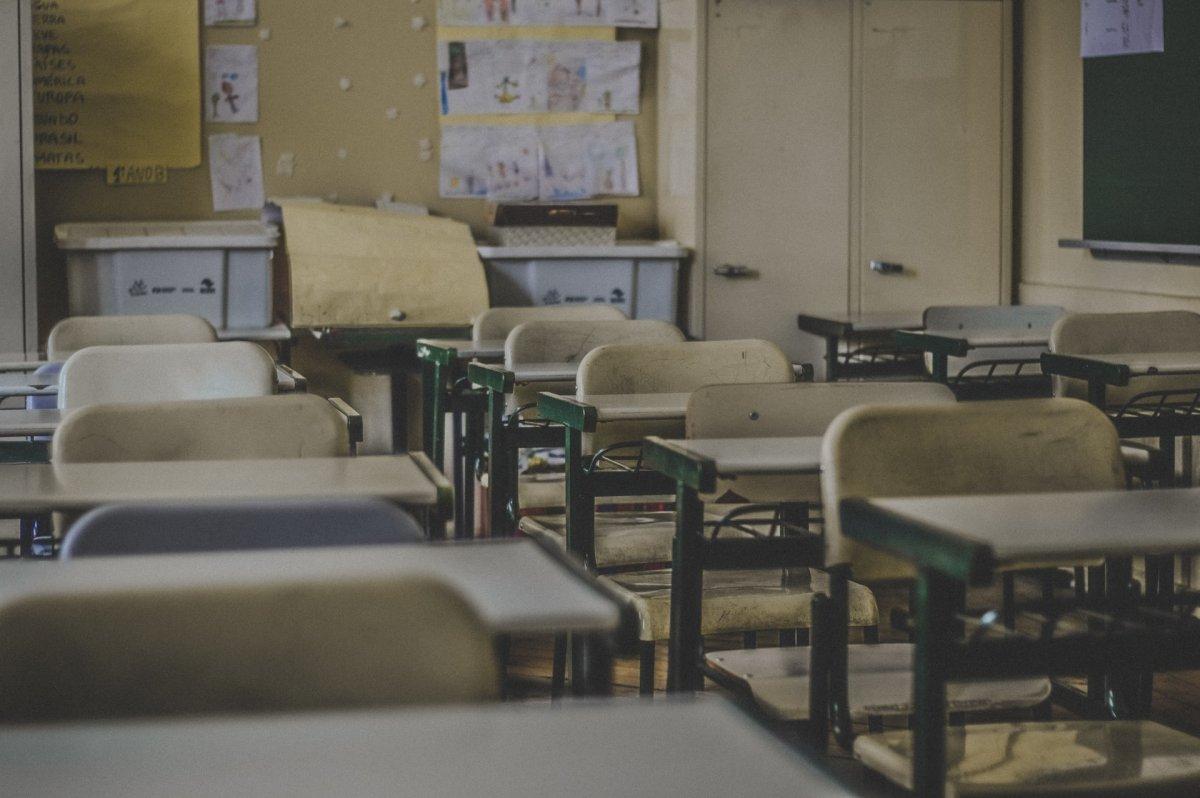
9. Marriage is technically illegal in El Salvador for kids aged less than 18, but there are ways to bypass this
Unfortunately for Salvadoran girls, while marriage is illegal if you are under the age of 18, there are several ways to bypass this requirement, which means they are most often dropping out of their school to get married. There is a “nation’s family code” allowing for marriage under certain circumstances (article 14).
10. UNICEF does a lot to provide education to everyone in El Salvador and prohibit child marriage
Good thing for El Salvador’s future, UNICEF is constantly fighting for children’s rights. Because so many girls cannot attend school with marriage or children, they have to be protected.
According to a survey, around 70 percent of the takers claimed to know a young girl married, pregnant, or already a parent.
11. There is only one public university in the country: the University of El Salvador
The University of El Salvador is the one and only public university in the country.
Sadly, classes are constantly stopped due to protests, which is obviously a huge problem for higher education. Aside from that, the University has three campuses, including one in San Salvador.
12. There are tons of private universities and specialized institutions in El Salvador
Fortunately for students, there are lots of possibilities when it comes to private universities or specialized institutions.
While these are not accessible to everyone, it is still a healthy sign for the future of the country. There are also partnerships with the United States aiming to improve higher education in general.
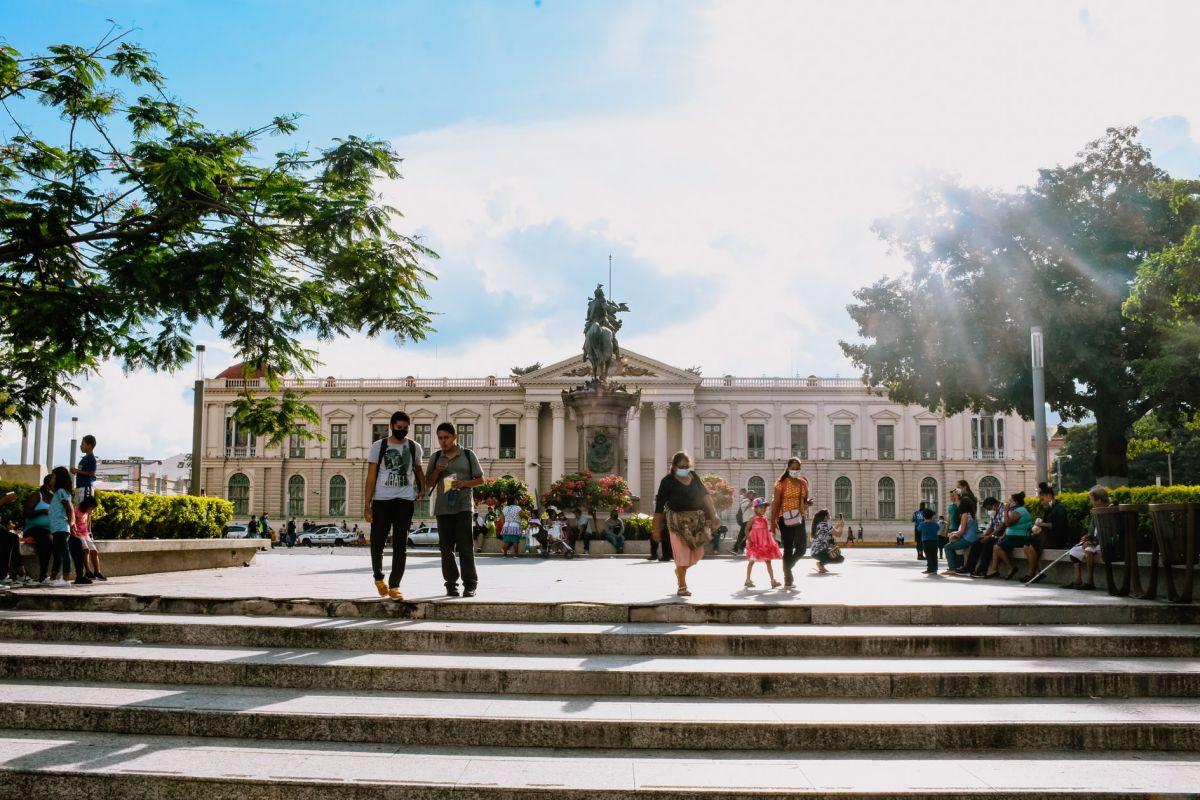
13. The lack of education in El Salvador leads to general poverty in the country
Because of how important the lack of education is in El Salvador, about 40 percent of the population lives below the poverty line. The average income is around $850, and this leads to violence. In fact, El Salvador is one of the most violent countries in Latin America.
14. It is common for Salvadoran children to work at the age of 6
The main reason why so many Salvadoran children do not attend school for long enough is that they start working at the young age of 6. In poor families, children very often work on sugar or coffee plantations and help in the household.
15. Very few students actually have a university degree in El Salvador
While there is one public university as well as private and specialized alternatives, very few students actually have a degree.
Also, the minimum salary is $185 but many people who didn’t finish their secondary education work for less than that.
16. The biggest problems in Salvadoran education is the elementary and middle school education
There are many problems in El Salvador, but education in elementary and middle schools is by far the worst
There are strong deficits in many schools, and they are often underfunded. Teachers’ salaries are too low and around 3,000 schools need to be repaired.

So there you have them, these were all my 16 education in El Salvador facts. I hope you enjoyed them and that you learned something new today.
In case you want to learn more about the El Salvador education system, feel free to keep reading, as I still have lots of things to tell you about:
Salvadoran School Hours
Let’s keep going with our next part, dedicated to Salvadoran school hours. The typical school schedule in one country can often be very different from your own, and it’s always interesting to have more details on how students go on about their day.
El Salvador Primary School Schedule
Primary school is not completely free in El Salvador, which is quite uncommon. It remains a very high priority for the government since many poor families are still struggling to escape poverty and send their children to school.
In rural areas, the situation is way worse than in urban areas, so the country as a whole faces tons of challenges.
Kindergarten is the first step in the education of El Salvador, and it is optional. Education becomes mandatory in primary school at age 7, followed by 9 years of schooling. These 9 years are divided into 3 cycles of 3 years, with the last one being a transition to middle school.
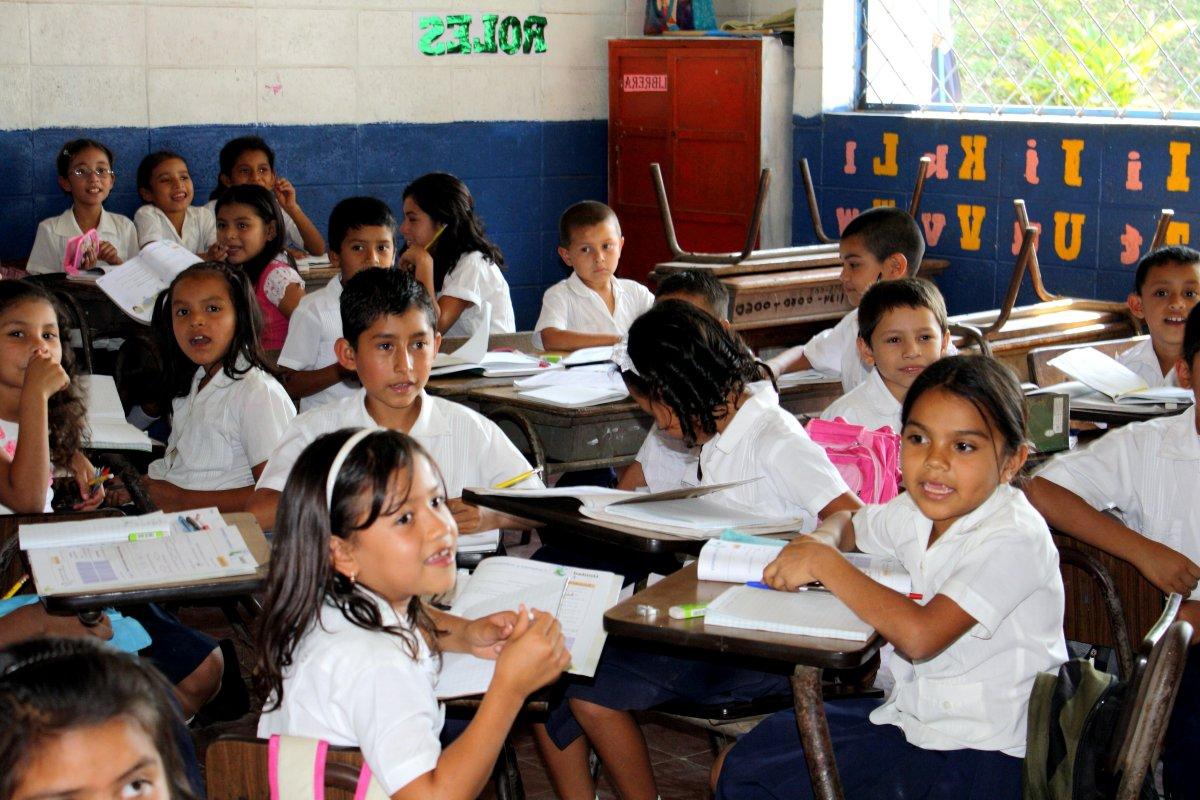
El Salvador Secondary School Schedule
Secondary school in El Salvador is basically the last cycle of three years of primary school.
Also, the Salvadoran school year runs from January to November, with two holidays, Easter and August. Students go to school for 5 hours a day, from Monday to Friday.
Salvadoran High School Schedule
High school education in El Salvador only lasts for 2 years. In the end, students are awarded a general bachelor’s degree, which is equivalent to a high school diploma in the majority of other countries.
After this, students can either attend university or stay for one more year to be awarded a technical bachelor’s degree. The most common diplomas are accountancy, computer science, and secretarial services.
General Facts About Schooling in El Salvador
This last part is dedicated to general facts about schooling in El Salvador. More specifically, we’ll check 2 key figures that will give you a better understanding of the education level in El Salvador.
Enrollment in tertiary education for El Salvador: 29.17%
(Average for regions: Sub-Saharan Africa: 8.6% | South Asia: 20.8% | Arab States: 36.4% | East Asia: 36.5% | Latin America: 43.3% | Europe and Central Asia: 62% | North America: 84%)
Data from World Bank EdStats/UNESCO
El Salvador literacy rate: 88%
(Average for regions: Sub-Saharan Africa: 65.3% | South Asia: 72.9% | Arab States: 79.4% | Latin America: 93.7% | East Asia: 95.8% | Europe and Central Asia: 98.5%)
Data from World Bank EdStats/UNESCO
More Education Facts!
Do you want even more education facts about other countries?
Check out these facts:
Or click here to see ALL the education facts up on the blog!
The Full List of 16 Salvadoran School Facts
- The 1980s were tragic years for the country of El Salvador and for its education
- Girls spend less time in school than boys in El Salvador
- Girls are being assaulted in Salvadoran schools and have no choice but to leave
- Girls have to leave school to start a family while they are still very young
- UNICEF supports gender equality in El Salvador, and worldwide as well
- Salvadoran girls need to be more educated, as this would affect them in many ways
- There are huge discrepancies between boys and girls in El Salvador, even in primary school
- The situation in El Salvador has drastically improved throughout the years
- Marriage is technically illegal in El Salvador for kids aged less than 18, but there are ways to bypass this
- UNICEF does a lot to provide education to everyone in El Salvador and prohibit child marriage
- There is only one public university in the country: the University of El Salvador
- There are tons of private universities and specialized institutions in El Salvador
- The lack of education in El Salvador leads to general poverty in the country
- It is common for Salvadoran children to work at the age of 6
- Very few students actually have a university degree in El Salvador
- The biggest problems in Salvadoran education is elementary and middle school education
Share the knowledge! Click on the buttons below to share these El Salvador school system facts with your friends, and help them learn more about the world 🙂


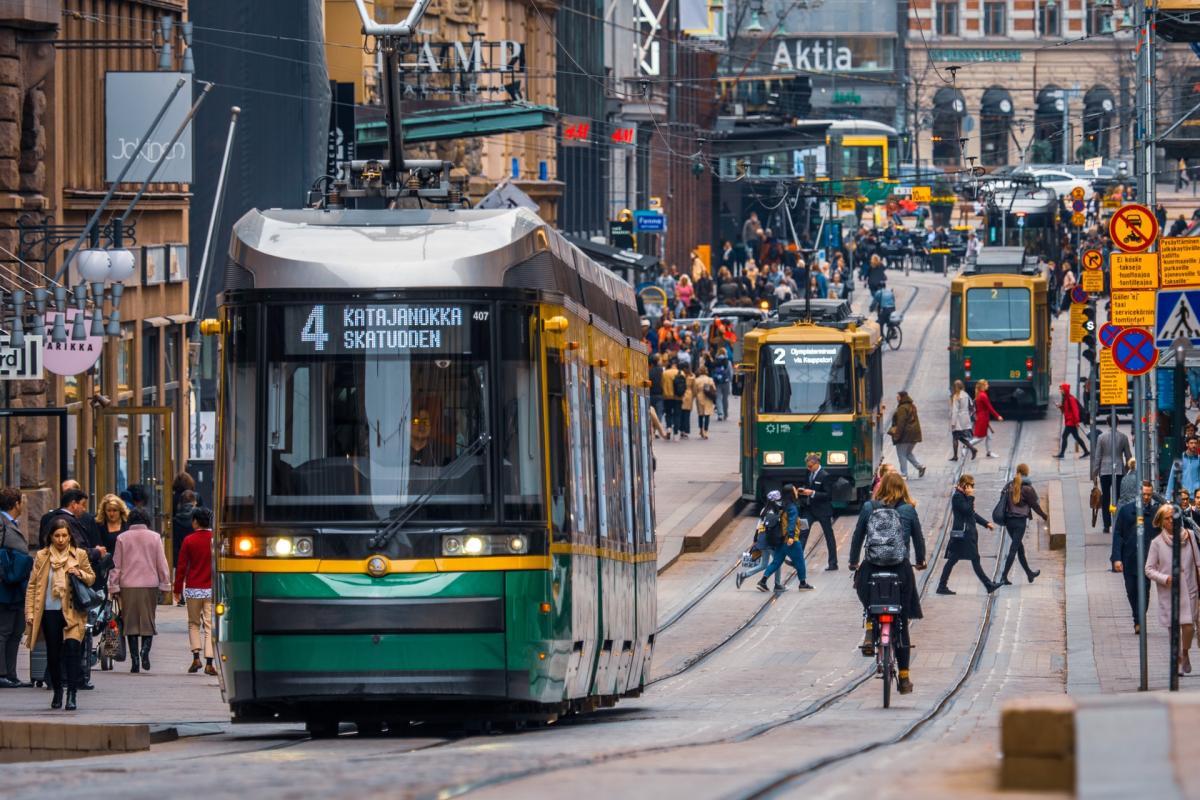
![25 Interesting Singapore Education Facts [100% true]](https://www.kevmrc.com/wp-content/uploads/2022/05/25-singapore-education-facts.jpg)
Thanks for helping spread the word about the realities of education for girls (and boys) in El Salvador!
I am from a NGO and we do several integrated programs each year in rural communities. I am looking for solid information to back up the facts you shared as I am currently building a proposal for a girls club in a rural area. You mentioned UNICEF but I have not had much success in accessing the information. Would you be willing to share your resources?
Thanks,
Melissa